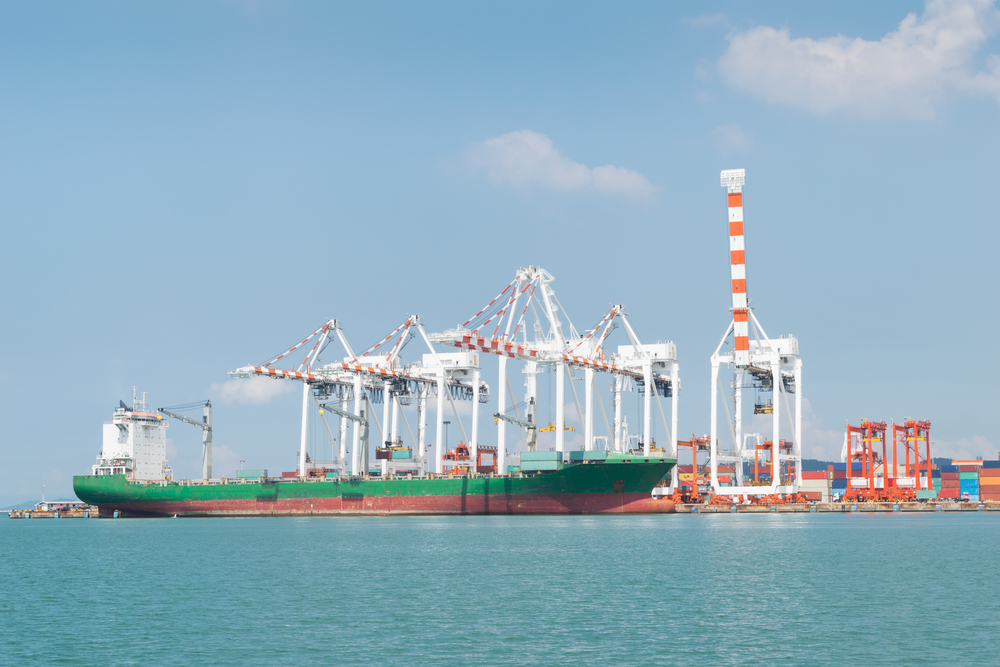Can Eastern Asia Benefit from the Trilateral Summit?

Please note that we are not authorised to provide any investment advice. The content on this page is for information purposes only.
On 1 November 2015, Chinese Prime Minister Li Keqiang, Japanese Prime Minister Shinzo Abe and South Korean President Park Geun-hye convened in Seoul, South Korea for the Sixth Trilateral Summit. The meeting was the first after political and historical disputes led to a three-year hiatus, of what was supposed to be an annual summit. At the 1 November summit, the leaders issued a joint declaration announcing that trilateral cooperation had been ‘completely restored’ and pledged to resolutely sustain such cooperation.
On 1 November 2015, Chinese Prime Minister Li Keqiang, Japanese Prime Minister Shinzo Abe and South Korean President Park Geun-hye convened in Seoul, South Korea for the Sixth Trilateral Summit. The meeting was the first after political and historical disputes led to a three-year hiatus, of what was supposed to be an annual summit. At the 1 November summit, the leaders issued a joint declaration announcing that trilateral cooperation had been ‘completely restored’ and pledged to resolutely sustain such cooperation.
The meeting of the three leaders is arguably an achievement in itself, given that none of the issues that had initially disrupted the annual summit have been resolved. Maritime territorial disputes — involving China and Japan over the Diaoyu/Senkaku islands, and Japan and South Korea over the Takeshima/Dokdo islands — remain in the background of this recent upturn in relations. And little progress has been made towards resolving arguments among the three countries arising from their differing interpretations of history.
To be fair, despite these tensions, it has been reportedly business-as-usual for working-level fora as well as ministerial meetings in areas such as environment, disaster management and finance. Another sign of a potential improvement in relations came in December 2014 when Park proposed a trilateral summit with China and Japan. Foreign ministers of the three countries also met in March 2015 — the first time since 2012 that such a meeting was held. In this sense, the resumption of the summit comes as little surprise.
It is a relatively important development in East Asian international relations for several reasons.
China and Japan are considered major powers and South Korea a relatively established middle power in the region. They are the top three economies in East Asia and are each within the top five trading partners of one another.
Beyond Northeast Asia, China and Japan have since the early 2010s been the largest and second-largest trading partners of ASEAN collectively, with South Korea not far behind. China is also the top trading partner of several Southeast Asian countries, while Japan and South Korea occupy leading positions in terms of their foreign direct investments in the region.
All three countries are also firmly embedded in the regional economic architecture through bilateral and multilateral arrangements. Their huge economic presence throughout the region suggests that any developments in Northeast Asia are likely to have an impact that would resonate beyond their immediate backyard.
That the three countries have engineered a meeting among their leaders despite the continuing existence of political and territorial disputes reflects an enduring political will for at least some degree of co-operation. As many observers have highlighted, most of East Asia’s security hotspots are located in Northeast Asia. These include not only the maritime territorial disputes but also tensions with North Korea and in cross-Straits relations.
Of course, while China, Japan and South Korea broadly want to preserve regional peace and stability, their interests concerning specific disputes are fundamentally different and in some cases conflicting. Still, political will — motivated by a sense of pragmatism — is perhaps the most important factor driving dialogue and cooperation in a region that is trying to promote integration amid potentially divisive Sino–US competition.
For the United States, the meeting of its two most important allies in East Asia — Japan and South Korea — is a positive sign, given its efforts to bring the two countries together over the past few years. The meeting between Park and Abe — the first formal bilateral talks since both took office — following the Trilateral Summit could be considered an initial step in further strengthening the US web of regional alliances.
At the same time, the resumption of three-way talks also highlights willingness on the part of Japan and South Korea to engage with China. This effort to reduce the so-called ‘Asian paradox’— that is, the disparity between worsening political and security ties and increasing economic interdependence — reflects a common response of hedging against China’s rise. With the jury still out on whether China is seeking to establish a new regional order, the best strategy at the disposal of regional countries remains to simultaneously balance against and engage with the rising power.
So what do improved relations in Northeast Asia mean for alternative multilateral associations such as ASEAN? In addition, could they eventually render the ASEAN-led platforms irrelevant to China, Japan and South Korea? In the short- to medium-term, ASEAN is unlikely to lose its relevance to the three Northeast Asian powers. After all, the recent Trilateral Summit remains mainly a symbolic achievement. Serious challenges still cloud Northeast Asian relations and there is the possibility of another suspension of the summit if relations deteriorate again.
China, Japan and South Korea will likely continue to find ASEAN-led forums useful, even if only as venues where their leaders and ministers can meet within the broader regional context.
What does the China–Japan–South Korea Trilateral Summit mean for East Asia? is republished with permission from East Asia Forum




